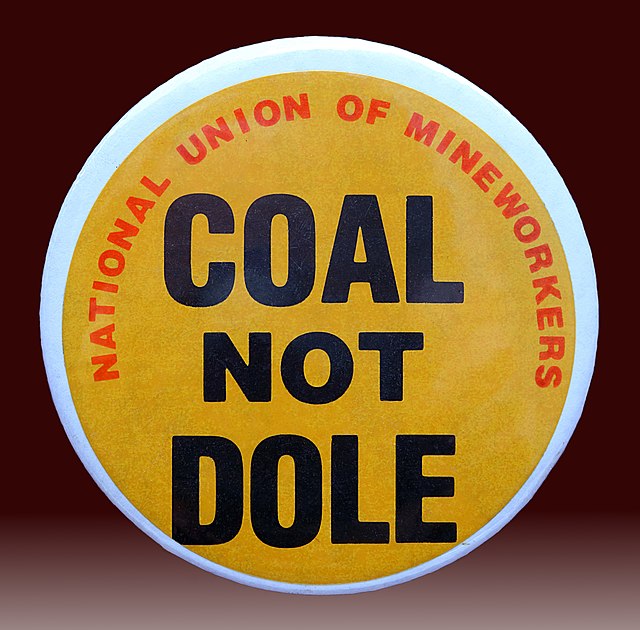In 1984, a yearlong strike was waged to save mining communities from the closure of pits. Miners’ union leader Arthur Scargill warned that at least 20 pits would be closed, which was in fact a huge underestimation of the intended closures planned. The closures of pits were part of a broader assault on the organised working class. The miners were the most powerful union in the UK, and Thatcher correctly judged that if she could smash the miners, then it would be a massive blow to the whole working-class movement, meaning she would be able to neo-liberalize the UK economy.
The mutual aid undertaken by women in the miners’ strike was crucial to the survival of mining communities, and their ability to continue the strike. Women Against Pit Closure was a movement that spontaneously developed in reaction to the fact that thousands of miners suddenly had no money. They provided communal hot meals for families, and hot drinks for the picket lines, but also later took on a more explicitly political focus- with large rallies and conferences.
“We were so angry that the state was throwing everything at us. Nearly everybody in power seemed to be against us. I hadn’t previously realised how powerful the state was and what they would do to put working-class people down when they revolted.”
The miners were ultimately defeated. 7 years later, the intended original number of closures had grown from 20 pits to 125, with over 100,000 miners losing their jobs and decimating organized working-class communities.
Resources
